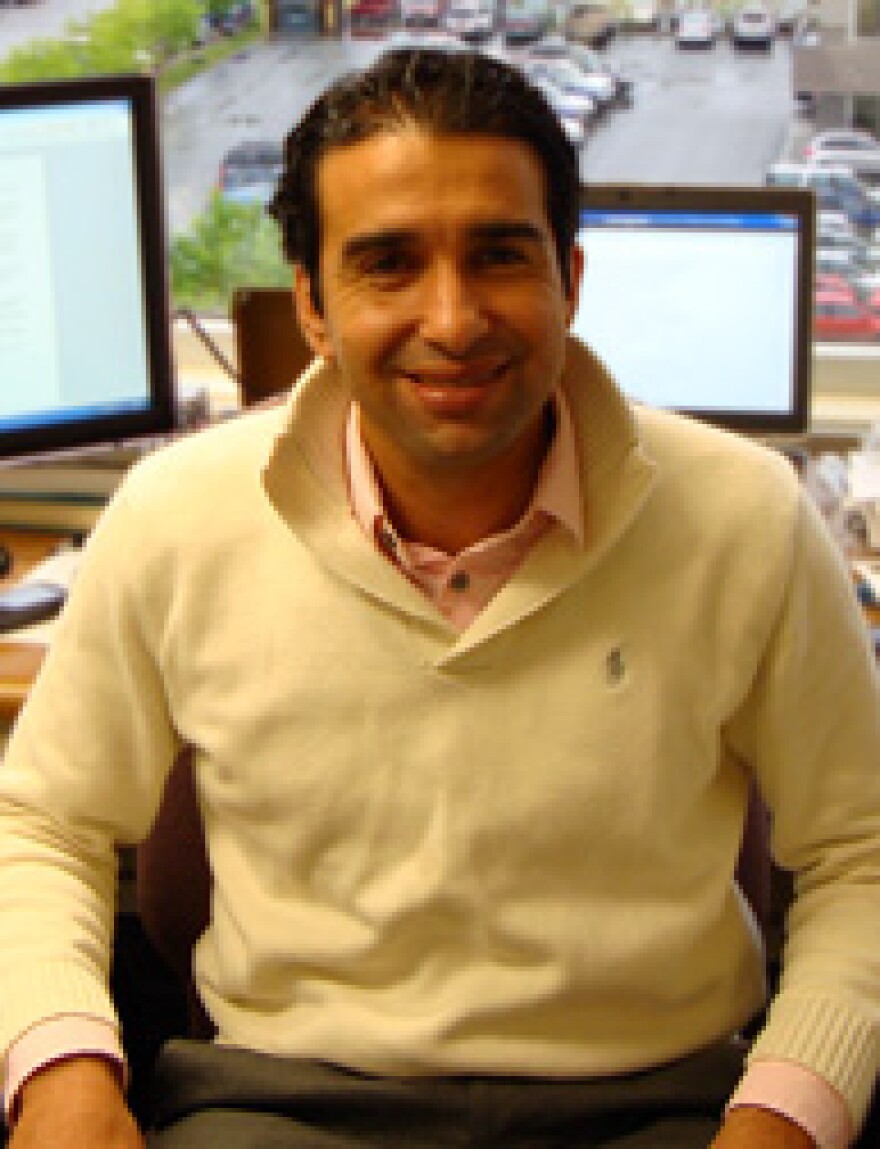A long look at how Alaska’s economy will change and recover was presented recently to the Greater Fairbanks Chamber of Commerce. In an online session, UAA economist Mouhcine Geuttabi stepped through employment and spending in Alaska before and after the pandemic.
Economic forecasting is a tricky business even without a pandemic going on, but Geuttabi wanted to give Alaska business owners as complete a picture as possible.
“But hopefully, I will give you enough data points and you can decide if the forecast is too rosy.”
Geuttabi started with the most familiar metric – unemployment. Before the pandemic, fewer than 1,000 (average 930) people would file for unemployment insurance every week. During the pandemic, that’s multiplied by nine (to 8,754).
“Historically we average about 900 initial unemployment claims. Since the pandemic started, we’ve been averaging about 8,700.”
He cautioned that these numbers don’t include self-employed and gig workers.
As of Friday’s report from the Alaska Department of Labor, and Workforce Development, Alaska has lost about 40,000 jobs compared to summer, 2019. A great number of those are in hospitality, tourism and local government.
A year ago the unemployment rate was 6.2 percent and this summer it has doubled to 12.4. (In the first weeks of August, it went back up to 11.2%.)
Geuttabi then looked at consumer spending,
“As you all know, spending in Alaska balloons in the summer. Right now this is lower than January.”
He says federal stimulus payments, payroll protection and unemployment insurance payments have huge impacts on a recovery and have prevented evictions and foreclosures.
And he says there are some signs of stability: Fairbanks has a great construction season, and employment rates have rebounded some for high-wage workers – those professionals who could keep working from home or away from public contact. In Fairbanks, which has a greater concentration of professional jobs, the unemployment rate is not as bad as Anchorage or Juneau.
For lower-wage workers, a catalyst is needed.
His forecast shows a full recovery in three years, if certain assumptions are made: government assistance continues, oil prices remain the same, and the pandemic wanes and lets tourists come to Alaska without risk.
“At the end of 2022, we’re going to be at about 95 percent of the pre-pandemic levels.”
When the question and answer period came around, Chamber President Marissa Sharah passed one along:
“Spend money. A lot of it.”
Geuttabi says he’s not a fan of uniform aid, but waiting too long to customize it delays the recovery.


